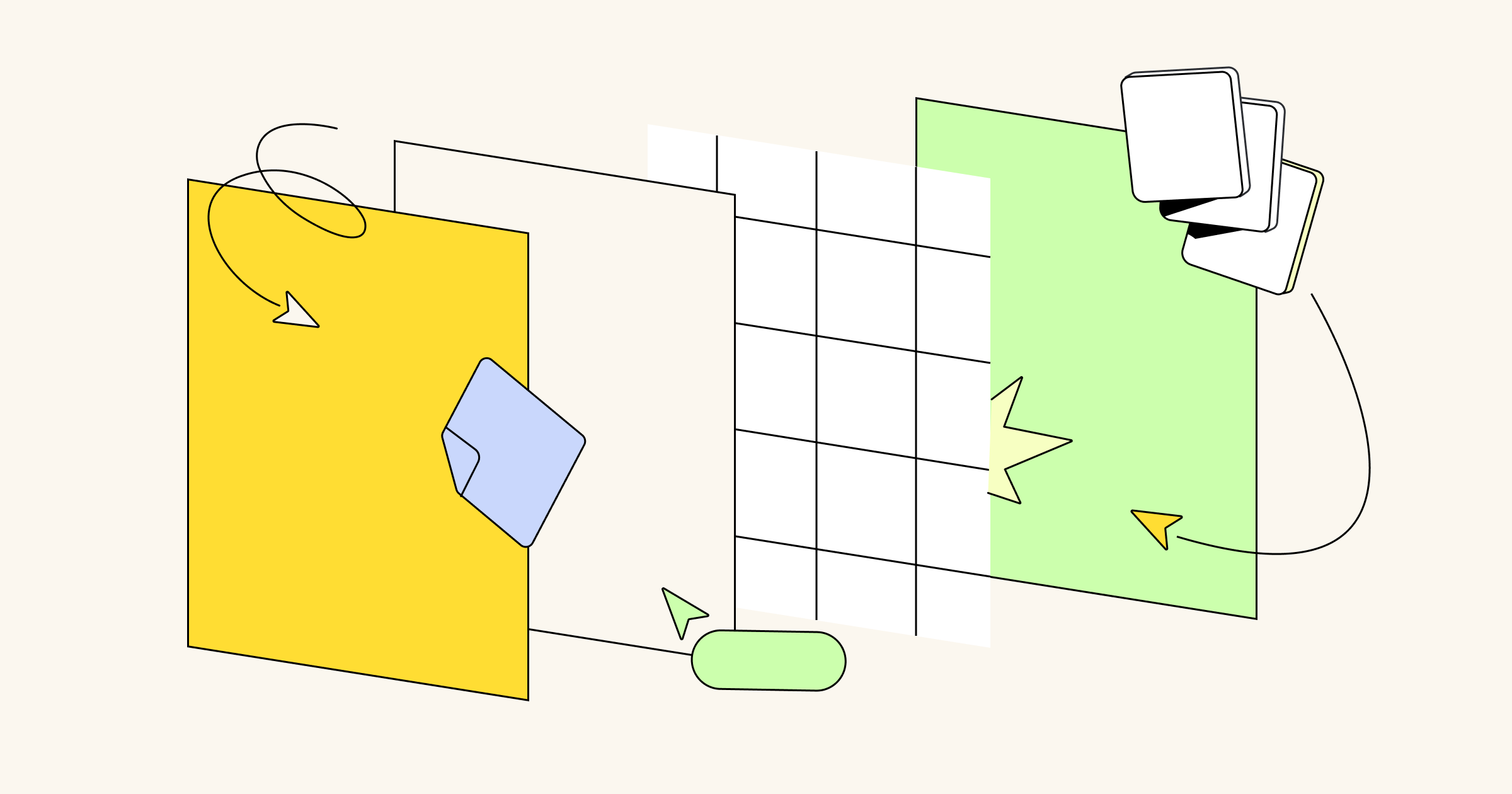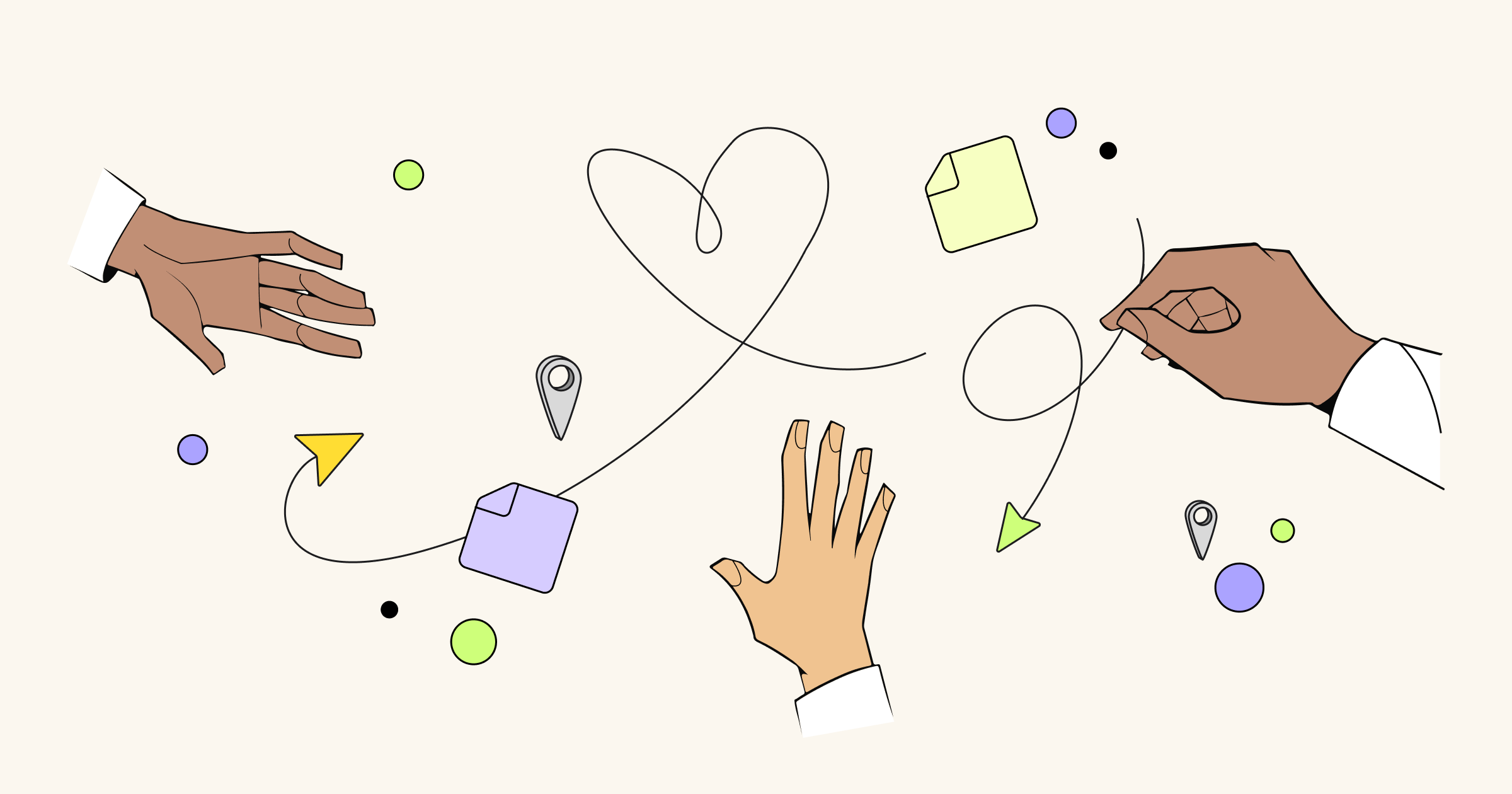Getting diversity and inclusion right is a big undertaking, but one that employers and employees agree is an essential element of the modern workplace. In fact, 70% of companies in McKinsey’s recent Women in the Workplace report, conducted in partnership with LeanIn.org, describe diversity as very or extremely critical.
And yet, the majority of employees view their company’s diversity, equity, and inclusion efforts as little more than PR stunts, lip service, or a box they need to check. Why the disconnect between understanding and action?
Here’s the truth: Building a diverse team and fostering an inclusive workplace takes a lot of work, including confronting biases, hearing hard truths, and engaging in uncomfortable conversations. While there’s no quick hack, there are many resources that employers can leverage as they endeavor to more authentically integrate diversity, equity, and inclusivity into their processes and policies.
4 diversity and inclusion conversation templates
If you’re craving clear direction about how to approach and structure discussions about diversity and inclusion in the workplace, these Miroverse templates are a great place to start.
1. Have the hard conversations on your team
Talking about diversity and inclusion (and especially things you’ve gotten wrong) can be difficult for everybody involved. It’s intimidating for an employee to speak up about a micro-aggression they’ve experienced or observed at work It’s also tough for employees to hear that they’ve insulted or stereotyped others.
The Diversity & Inclusion Workshop: the Multiverse Toolkit template by Tini Studio provides an open and safe space to have those hard and honest conversations, so that you can uncover improvement areas together. Various exercises you and your team will work through include:
- Defining what diversity and inclusion mean on your team and then sorting through your individual definitions together
- Playing the “I am… but I am not” game to share information about yourselves while also challenging biases
- Discussing what’s working well and what isn’t working well in terms of diversity and inclusion on your team
- Building a roadmap for creating a more diverse team and inclusive culture
2. Make the most of cognitive diversity
While most of us think of diversity in terms of demographics like race or gender, there are so many more aspects to true diversity on a team.
Another big one? Cognitive diversity, which is a term used to describe the various thought patterns, mental processes, perspectives, and methods that make up your team. For example, one person might thrive with data and hard facts while another loves big ideas and plenty of room to experiment.
Organizational psychologist Kim White’s Boost Inclusion and Engagement with Cognitive Diversity template is built on the Whole Brain Model, which is comprised of four unique quadrants: analytical thinking, experimental thinking, relational thinking, and structural thinking.
No matter the style of thinking they favor, this template has all team members engaging in the same, simple activity—dragging sticky notes to indicate where they live on a world map. They’re then challenged to share something unique about where they live using each of the four thinking styles. Here’s what that looks like:
- Analytical thinking: Share a statistic or piece of data about where you live
- Experimental thinking: Share an image from where you live
- Relational thinking: Share something about the people, leaders, music, etc.
- Structural thinking: Share location information or your customs
Requiring everybody to think and communicate using each of the four individual approaches makes them more mindful, empathetic, and appreciative of the various personalities and styles on their team, which will be helpful as they continue to collaborate.
3. Get a broader picture of diversity
Saying “we value diversity” doesn’t accomplish much – and most employees and customers will see it as nothing more than lip service.
This Diversity Canvas template by Startupbootcamp forces you to dig deep and figure out how you actually integrate diversity and inclusivity into your team, your daily work, and even your products. While this template was created with LGBTQ+ employees in mind, it can be adapted and used for all types of diversity. As you work through the canvas as a team, you’ll jot ideas and efforts in five different categories:
- How you include: How your product, team, or company makes everybody feel included
- How you listen: How you listen to diverse voices when building or workingHow you help: How your product, team, or company helps the community outside of it
- Key voices: The key players from diverse communities who are helping you develop your product or company
- Key allies: The key allies that support your product or company
It’s a great way to visualize how your team or company is truly prioritizing and supporting diversity and inclusion. If you have a tough time coming up with aspects for each category, thenyou have clear direction about the gaps that you or your company need to address.
4. Intentionally design inclusive customer experiences
Diversity and inclusion is crucial for your internal team – but it matters for your customers, too. The experiences that they have with your product and your company carry a lot of weight, so they need to be as intentionally designed.
That’s where Sandra Heinzen’s Inclusive Customer Experiences template comes into play. As you use it, you’ll identify the key moments of your typical customer experience and dig deep into what makes your customers tick.
From understanding their challenges to designing a relationship in which you’re a strategic partner (and not just a vendor), this template puts your customer at the center so you can build experiences in which you truly understand and help them – and don’t just sell to them.
Make diversity and inclusion an priority (and not performative)
You need to invest the same level of effort, planning, and strategy into getting diversity, equity, and inclusion right at work as you would any other business initiative.
Fortunately, the above templates can help make that process feel a little more manageable. You’ll still need to put in the work , but they offer a helpful action plan to stop talking about diversity and inclusion and start fostering a culture that really reflects these values.
BROWSE HUNDREDS OF TEMPLATES MADE BY THE MIRO COMMUNITY ON MIROVERSE.




